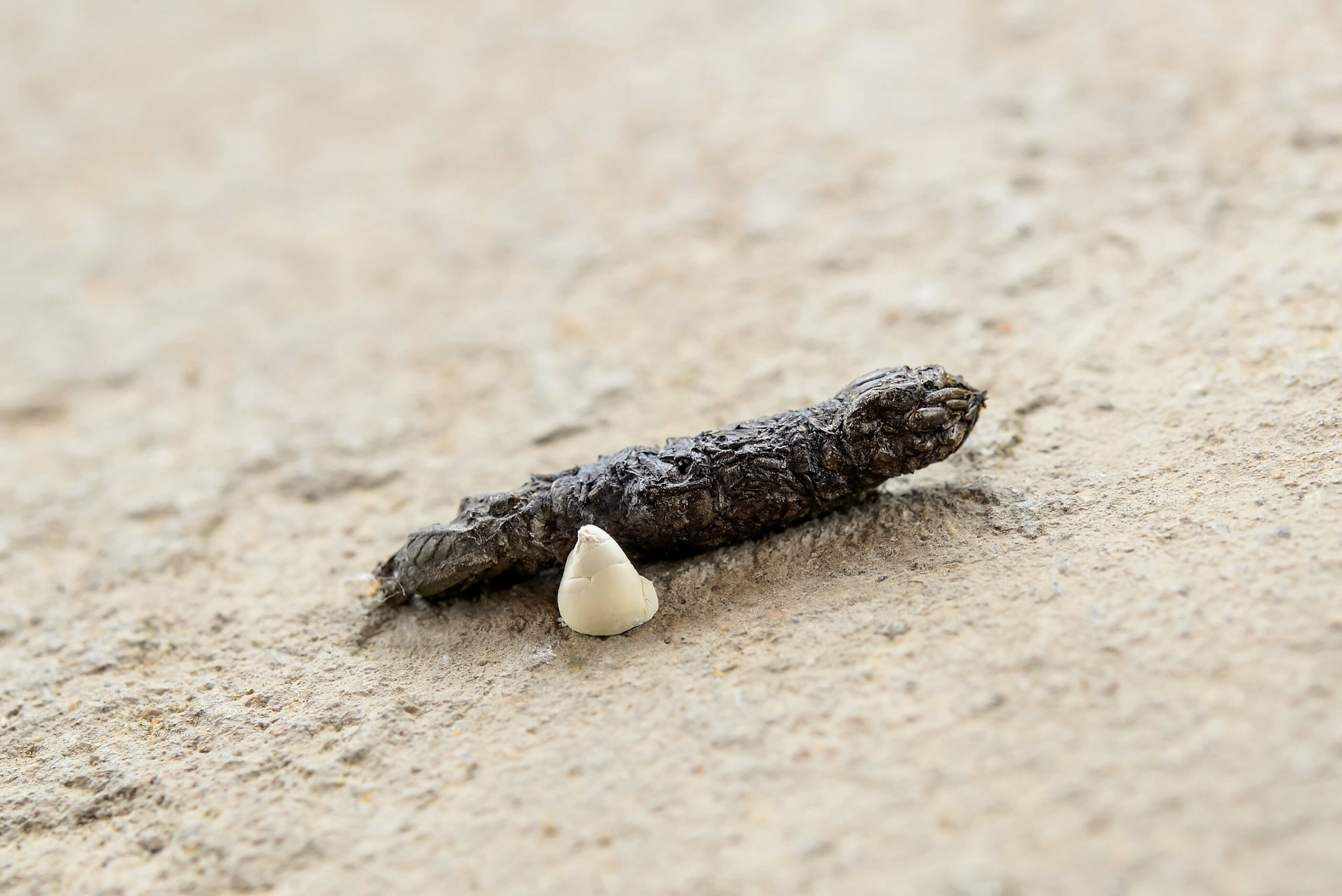When it comes to understanding wildlife, many often overlook the significance of animal waste, particularly snake poop. Snake poop, also known as snake feces, can reveal a wealth of information about the health, diet, and behavior of these fascinating creatures. In this article, we will delve deep into the world of snake poop, exploring its characteristics, what it can tell us about snakes, and why it matters in the broader ecosystem.
From the appearance and texture to the contents of snake feces, each aspect provides clues about the snake's recent activities and overall well-being. Additionally, understanding snake poop can be crucial for herpetologists, wildlife enthusiasts, and pet owners alike, as it can indicate potential health issues or dietary needs. This article aims to provide a comprehensive guide that is both informative and engaging, shedding light on a topic often left in the shadows.
As we navigate through this intriguing subject, you'll learn not only about the biological aspects of snake feces but also about its ecological implications. So, if you're curious about what snake poop can teach us, read on to uncover the unseen insights into reptilian waste!
Table of Contents
- What is Snake Poop?
- Characteristics of Snake Poop
- What Snake Poop Reveals
- Health Indicators in Snake Poop
- Dietary Insights from Snake Poop
- The Ecological Role of Snake Poop
- Snake Poop in Captivity
- Conclusion
What is Snake Poop?
Snake poop is the waste excreted by snakes, which typically consists of indigestible materials and the remnants of their diet. Unlike mammals, snakes do not have a distinct anus; instead, they have a cloaca, a single opening used for excretion and reproduction. This unique anatomical feature influences the characteristics of their feces.
Understanding snake poop requires a look at the anatomy of snakes. Within their digestive system, snakes can consume prey whole, and their bodies extract nutrients before excreting the waste. This process leads to feces that vary in appearance depending on several factors.
Composition of Snake Poop
Snake feces is primarily composed of:
- Undigested food particles (fur, bones, etc.)
- Digestive enzymes
- Waste products from metabolic processes
Characteristics of Snake Poop
The characteristics of snake poop can vary based on the species, diet, and health of the snake. Here are some common characteristics:
- Color: Typically dark brown to black, but may vary based on diet.
- Texture: Usually firm but can be soft, depending on hydration and diet.
- Shape: Often tubular and segmented, resembling a coil.
Size of Snake Poop
The size of snake feces can range from a few inches to several feet long, depending on the size of the snake. Larger snakes produce larger feces, while smaller species produce correspondingly smaller waste.
What Snake Poop Reveals
Examining snake poop can provide valuable insights into various aspects of a snake's life, including:
- Dietary habits
- Health status
- Behavioral patterns
For instance, a snake that primarily feeds on rodents will produce feces containing hair and bones, while a snake that consumes birds may have feces with feathers. This knowledge can aid in understanding the ecological role of different snake species.
Health Indicators in Snake Poop
Health issues in snakes can often be identified through their feces. Some common indicators include:
- Diarrhea: If a snake produces watery feces, it could indicate a parasitic infection or gastrointestinal distress.
- Blood: The presence of blood can indicate serious health issues, including internal injuries or infections.
- Unusual odors: A foul smell may suggest an infection or decay in the digestive tract.
Dietary Insights from Snake Poop
By analyzing snake feces, researchers and pet owners can gain insight into the dietary preferences of snakes. The following factors are critical:
- Prey size: The size of the feces can indicate the size of the prey consumed.
- Prey type: Remnants of fur, feathers, or bones can help identify the type of prey.
- Feeding frequency: Regularly observing feces can determine how often a snake is feeding.
The Ecological Role of Snake Poop
Snake poop plays a crucial role in the ecosystem. Here are a few key points:
- Nutrient cycling: Snake feces contribute to the nutrient cycle in their habitats, enriching the soil.
- Food source: Other animals, such as insects and scavengers, may feed on snake poop, thus supporting the food web.
- Indicator of biodiversity: The presence of snake feces can indicate a healthy, diverse ecosystem.
Snake Poop in Captivity
For pet snake owners, monitoring feces is an essential part of husbandry. Here are some tips:
- Regular cleaning: Keep the enclosure clean to prevent health issues.
- Feces observation: Regularly check for changes in feces to catch potential health problems early.
- Consult professionals: If you notice any abnormalities, seek advice from a veterinarian.
Conclusion
In summary, snake poop is not just waste; it is a window into the life of these reptiles. From dietary habits to health indicators, understanding snake feces can provide critical insights for herpetologists, wildlife enthusiasts, and pet owners. By paying attention to these often-overlooked details, we can foster a greater appreciation for snakes and their role in the ecosystem.
We encourage you to share your thoughts in the comments below, and don’t forget to explore our other articles on wildlife and nature. Your engagement helps us continue to provide valuable content!
Thank you for joining us on this journey into the world of snake poop. We hope to see you back here for more fascinating insights into the natural world.
La Rog Jewelers: Crafting Timeless Elegance In Every Piece
Samantha Bryant: The Inspiring Journey Of A Rising Star
Exploring The Vibrant Marketplace In Tulsa: A Comprehensive Guide


![Snake Poop 101 Identification & Dangers [with Pictures]](https://i2.wp.com/pestcontrolhacks.com/wp-content/uploads/snake-scat-1024x576.jpg)